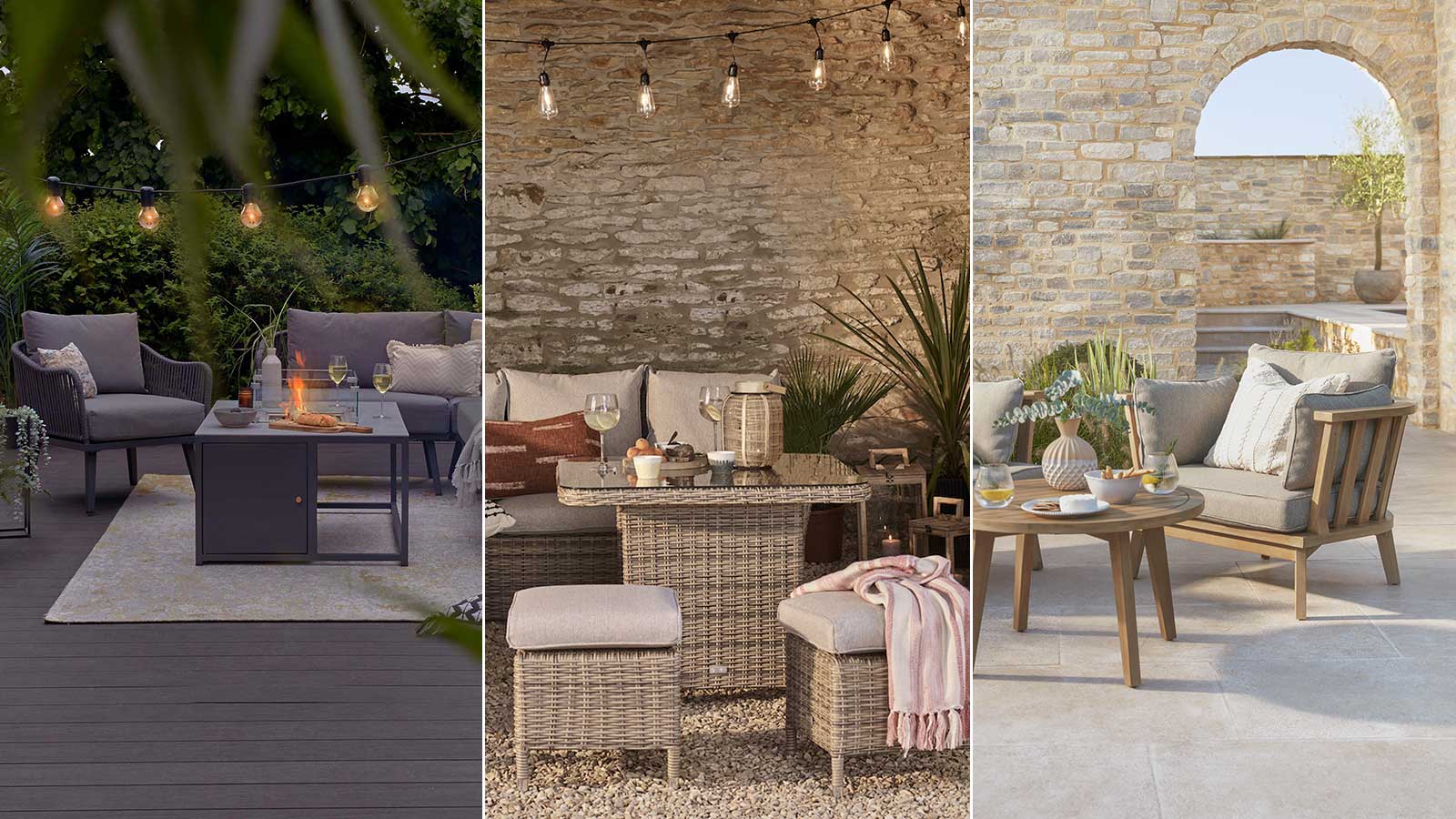
Patio Materials: A Comprehensive Guide to Choosing the Perfect Surface
Introduction
A well-designed patio can enhance the aesthetic appeal of your home and provide a comfortable outdoor living space. The choice of patio material is crucial as it determines the durability, functionality, and overall appearance of your patio. This comprehensive guide will explore various patio materials, their pros and cons, and provide expert advice on selecting the best option for your needs.
Natural Stone
Granite:
- Durable and long-lasting
- Available in a wide range of colors and textures
- Can be expensive and requires professional installation
Limestone:
- Softer than granite, making it easier to cut and shape
- Susceptible to staining and requires regular sealing
- Available in a variety of colors and finishes
Travertine:
- A porous stone with a unique, pitted texture
- Requires regular sealing to prevent staining
- Offers a classic and elegant look
Concrete
Stamped Concrete:
- Resembles natural stone or brick at a lower cost
- Can be customized with different patterns and colors
- Requires regular sealing to maintain its appearance
Poured Concrete:
- A smooth, monolithic surface that is durable and easy to maintain
- Can be colored or stamped to create various looks
- Prone to cracking if not properly installed
Brick
Clay Brick:
- Durable and fire-resistant
- Available in a wide range of colors and textures
- Requires periodic repointing to maintain its integrity
Concrete Brick:
- Stronger than clay brick and more resistant to moisture
- Can be used to create intricate patterns and designs
- May fade over time
Pavers
Concrete Pavers:
- Durable and versatile
- Available in a variety of shapes, sizes, and colors
- Can be easily replaced if damaged
Natural Stone Pavers:
- Similar to natural stone slabs but smaller and easier to install
- Offer a classic and sophisticated look
- Can be more expensive than concrete pavers
Tile
Ceramic Tile:
- Durable and easy to clean
- Available in a vast array of colors, patterns, and finishes
- Can be slippery when wet
Porcelain Tile:
- More durable and frost-resistant than ceramic tile
- Can be used both indoors and outdoors
- May be more expensive than ceramic tile
Wood
Pressure-Treated Lumber:
- Durable and resistant to rot and insects
- Available in various grades and sizes
- Requires regular staining or sealing to maintain its appearance
Composite Decking:
- Made from a blend of wood and plastic
- Durable, low-maintenance, and resistant to rot and insects
- Can be more expensive than pressure-treated lumber
Other Materials
Rubber:
- Soft and comfortable underfoot
- Durable and weather-resistant
- Can be used to create unique and colorful designs
Gravel:
- Inexpensive and easy to install
- Provides good drainage and can be used in areas with uneven surfaces
- Can be messy and may require regular maintenance
Choosing the Right Patio Material
Consider Your Budget: Different materials have varying costs, so it’s important to determine your budget before making a decision.
Consider the Climate: Choose a material that can withstand the weather conditions in your area, including temperature fluctuations, moisture, and sunlight.
Consider Your Usage: Determine how you will use your patio and choose a material that is suitable for your activities, such as dining, entertaining, or relaxing.
Consider Your Aesthetic Preferences: The patio material should complement the style of your home and your personal taste.
Conclusion
Choosing the right patio material is an important decision that can impact the functionality, durability, and appearance of your outdoor space. By considering the factors discussed in this guide, you can select the perfect material that meets your needs and enhances the enjoyment of your patio for years to come.